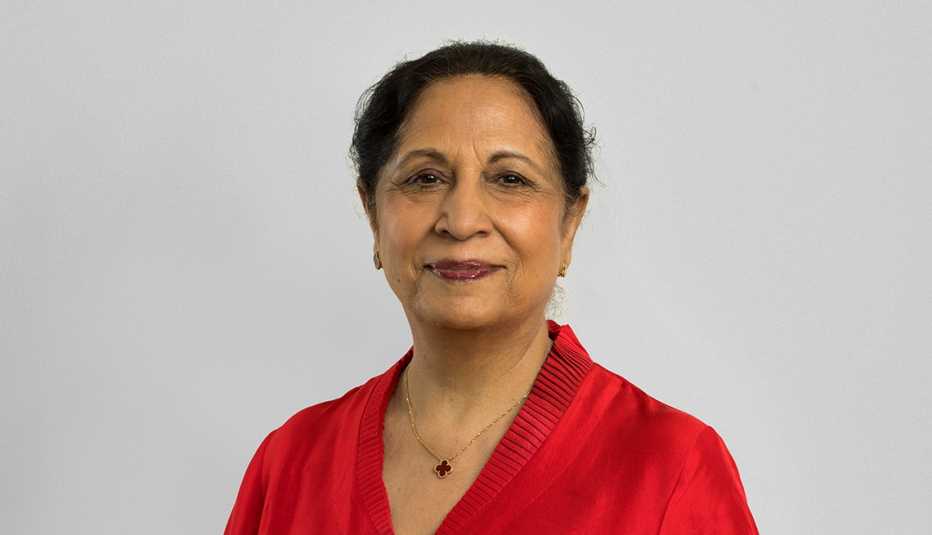AARP Hearing Center


Financial capital is usually the only resource that’s considered when it comes to relieving world poverty. But social capital — the connections, networks and relationships among people — are the glue that hold these communities together. I tap into social capital’s power with my organization, Asia Initiatives. We serve around 25,000 people directly in the United States, India, Kenya and Taiwan each year.
The problem I’m trying to solve
Poverty rages rampant among large swaths of the population in South and Southeast Asia, Africa, and even wealthy countries like the United States. But oftentimes, the people who are closest to the problems are the ones closest to the solutions. Asia Initiatives wants to bring all generations in a community together to work toward shared goals, such as the crises of climate change, growing inequity and loneliness. We especially focus on women and girls, as they often have less access to education, jobs and ownership of property such as farmland. We do this through something called SoCCs (social capital credits). People in a community can earn them if they work together for social good acts, like planting trees, tutoring young children or caring for older people. They can then “spend” their SoCCs on education, healthcare and other ways to enhance their lives.
The moment that sparked my passion
I was inspired by the work of M.S. Swaminathan. He’s a world-renowned agricultural expert and humanist. I met him in 1999, and he encouraged me to visit impoverished neighborhoods in India. I saw the transformative work his foundation was doing in these villages. I clearly remember one village we visited in the Indian state of Odisha. I met these amazing women who sat confidently in a meeting talking to us about development plans. I later learned that when the project first started, these same women covered their heads, looked down at the ground and never spoke to anyone. Yet now, they had sparkle in their eyes, and their daughters viewed them as role models. At that moment, I resolved that I would start an organization that would be pro-poor, pro-women and pro-environment.
What I wish other people knew
When you empower women, you empower their families and their community. It’s a direct and cost-effective way to lift a village out of poverty. We start every project with what we call the SoCCratic Dialogues. During this time, we practice deep listening as people in the community tell us about their needs and aspirations. We then use their help to create SoCC Earning and Redeeming menus. For example, we may tell women that if they go out and plant 100 trees, they will get 10 SoCCs in their account. Once they have 50, they can redeem them for certain essential needs, such as education or health care — for example, money for college for their child. This allows us to accomplish large community projects without large amounts of money. It also helps bring these women together and gives them a sense of dignity and accomplishment.

































































More About AARP's Purpose Prize
Learn about previous winners and fellows
AARP's Purpose Prize FAQ
Read the official rules, eligibility, odds and prize disclosures